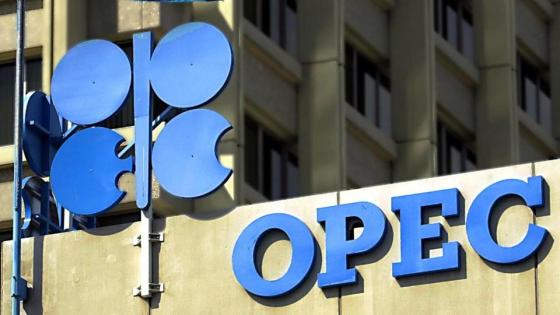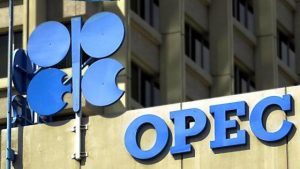After over a two-week stalemate, the Organisation of Petroleum Exporting Countries (OPEC) and its allies, known as OPEC+, yesterday resolved to gradually add more inventory to the oil market, as Saudi Arabia and the United Arab Emirates (UAE) finally put aside their differences.
With the new agreement, the oil cartel will boost supply by as much as 400,000 barrels per day each month from August until all of its stranded output due to its decision to curb production last year, following the twin impact of the price war between Russia and Saudi Arabia and COVID-19 pandemic, has been restored.
According to the new deal, Saudi Arabia, the UAE, Iraq, Kuwait and Russia have now been given new baselines against which their production cuts are measured from May next year.
The baselines, which were set using October 2018 production volumes, are used by the OPEC+ alliance to set output quotas, so a higher baseline for a country would result in a more generous allocation.
The UAE had said that the way its quota was calculated was unfair because it didn’t reflect a costly expansion in the country’s industry. Now seemingly convinced by the country’s presentation, the baseline was increased yesterday to 3.5 million barrels per day, below the 3.8 million it initially demanded but well above the previous level of 3.2 million.
One of the immediate impacts of the new agreement is that it will ease a looming supply shortage and reduce the risk of an inflationary oil-price spike as well as end the division with the OPEC group.
Back home in Nigeria, it is also expected that the truce will lead to some relief for the Nigerian National Petroleum Corporation (NNPC), whose Group Managing Director, Mallam Mele Kyari, recently raised the alarm over the rising oil price.
Kyari hard warned that a rising oil price was bad for resource-dependent nations like Nigeria since buyers of the nation’s crude would either resort to buying less or start the search for alternatives.
The NNPC helmsman put the oil price band with which Nigeria would be comfortable at between $50 to $60 per barrel. The price of the commodity hit $77 recently before falling to between $73 and rising again to $75 during the last week.
With certainty now restored to the market, consumers now have a clear line of sight as to how quickly OPEC+ will restore the 5.8 million barrels a day of production it is still withholding.
A statement after the 19th OPEC and non-OPEC Ministerial Meeting (ONOMM), held via video conference, stated that the ongoing strengthening of market fundamentals, with oil demand showing clear signs of improvement as economic recovery has continued in most parts of the world with the help of accelerating vaccination programmes.
OPEC welcomed the positive performance of participating countries in the Declaration of Cooperation (DoC), especially their overall conformity to the production adjustments which was out 113 per cent in June.
The statement said OPEC resolved to “Adjust upward their overall production by 0.4 mb/d on a monthly basis starting August 2021 until phasing out the 5.8 mb/d production adjustment, and in December 2021 assess market developments and participating countries’ performance.
“Continue to adhere to the mechanism to hold monthly OPEC and non-OPEC ministerial meetings for the entire duration of the Declaration of Cooperation, to assess market conditions and decide on production level adjustments for the following month, endeavouring to end production adjustments by the end of September 2022, subject to market conditions.”
Effective May 1, 2022, OPEC further agreed to adjust the baseline for the calculations of the production adjustments and reiterated the critical importance of adhering to full conformity and taking advantage of the extension of the compensation period until the end of September 2021 and fixed the next meeting for September 1, 2021.
While Nigeria’s reference oil production up to the end of April 2022 and effective May 2022 stayed at 1.829 million barrels per day, countries that had theirs raised included Iraq, which was increased from 4.653 million bpd to 4.803 million bpd, while Kuwait’s was raised from 2.809 million bpd to 2.0959 million bpd.
Also, Saudi Arabia’s baseline was raised from 11 million bpd to 11. 5 million bpd, UAE had theirs raised from 3.168 million bpd to 3.5 million bpd and Russia’s was put at 11.5 million bpd from 11 million bpd.
But it is unclear how quickly additional supplies can be delivered to the market as August sales volumes are largely locked in and most Gulf countries are preparing for an Islamic holiday that will close government offices and businesses for most or all of next week.



